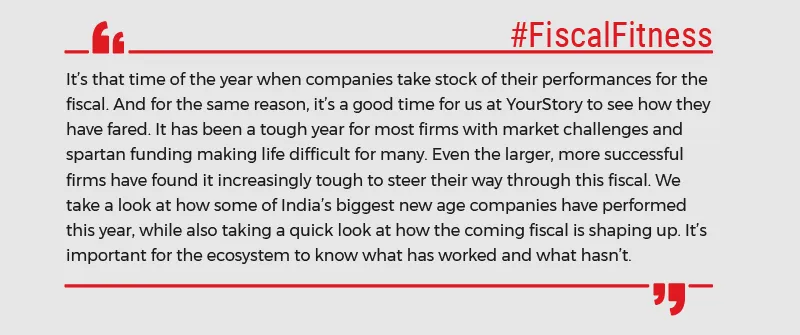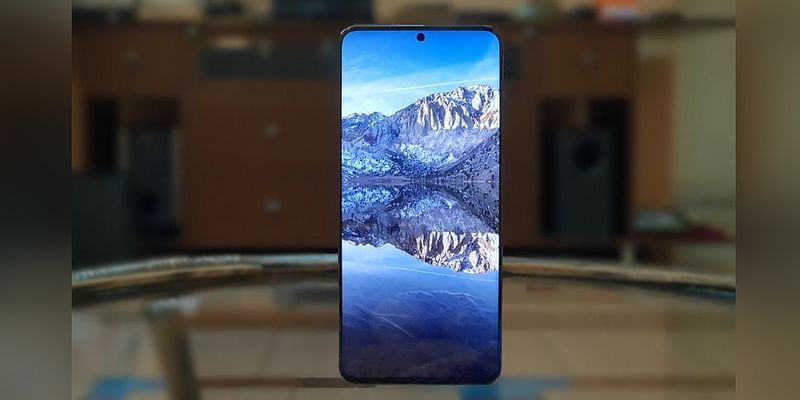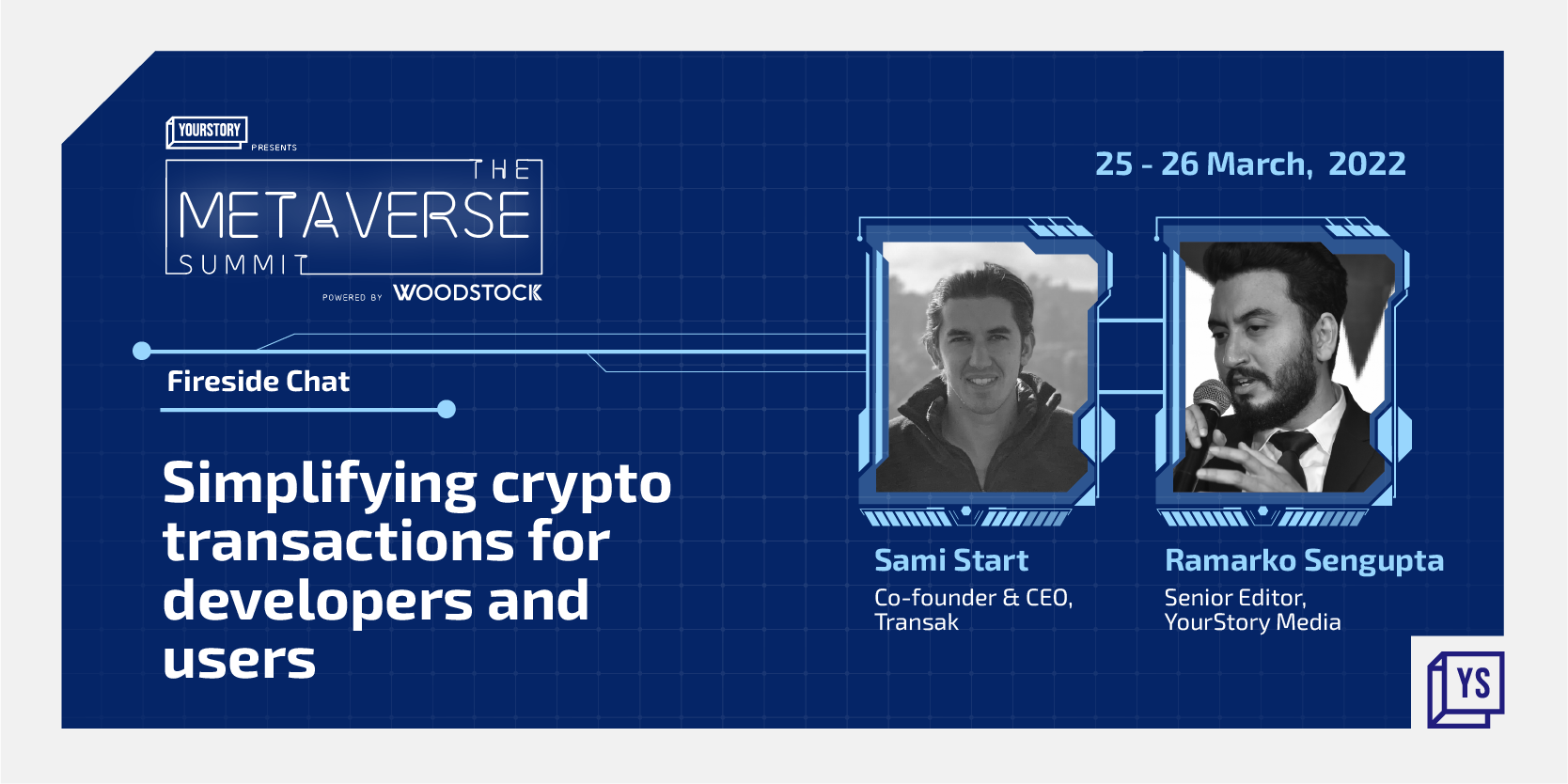Flipkart’s FY 2018 report card – did the unicorn pass or fail?

With two mega fund raises, rise in mobile and fashion sales, and the launch of private labels, Flipkart calls 2017 a ‘watershed year’ that helped cement its position as India’s leading ecommerce marketplace.
When you are under siege in a battle you can either dig in, hoping the opposing side will run out of firepower, or you can go on the offensive with all guns blazing. Flipkart opted to do the latter in FY 2017-18 and the results are showing.
Of course, the war isn’t over yet, but Flipkart has managed to protect much of its territory, and even gain some fresh ground against Amazon (it is an unfortunate reality for Flipkart that for now all its achievements will be viewed as part of a comparison with Amazon).
The overall e-tail industry reached $17.8 billion in size in 2017, according to data from advisory firm RedSeer Consulting, and is expected to grow at 60 percent this calendar year.
RedSeer’s Engagement Manager Ujjwal Chaudhry says Flipkart accounts for 40 percent of this sales and Amazon lags by 5 percent. If Myntra’s and Jabong’s sales are considered, then Flipkart’s share becomes 45 percent.
Flipkart has not filed or announced this fiscal’s revenue details. The Flipkart Group’s FY2016-17 filing showed the company had tightened its belt successfully. While the financials show a 68 percent rise in losses, a major chunk of this loss can be attributed to the slash in the company’s valuation. Once this is removed from consideration, losses increased only by 2.4 percent. Revenues, on the other hand, went up by 29 percent to Rs 19,854 crore.
This is an important point, because the industry overall grew only by 12 percent in 2016. Flipkart grew much faster than the overall industry in a bad year. 2016 was a bad year for Flipkart too. It was unable to raise funds, it saw changes at the top management level, and Amazon was taking away market share, beating Flipkart for consecutive months in mid-2016.
But Flipkart started a turnaround in late-2016, during the festive season sales. Early 2017 saw Kalyan Krishnamurthy, who ran the Big Billion Days (BBD) sales in 2016, take over as the company’s CEO with a mandate to get the company back to its aggressive ways. As we wrote in this article then, Flipkart was at its lowest point with industry watchers worried that the company would blow the historic opportunity it had.

Since then, Flipkart has managed a comeback.
K Ganesh, serial entrepreneur and investor in companies like BigBasket, says:
They executed very well last year and have given strong competition to Amazon. The growth has been phenomenal and Flipkart has held on to market share in a very competitive market. I am very impressed.”
So the company can be forgiven for being a bit too pleased with themselves.
“2017 has been a watershed year for Flipkart on all counts, one in which we have not only managed to cement our position as India’s leading ecommerce marketplace but a year when we trounced the competition and made them irrelevant on several measures. Flipkart continues to be miles ahead of every other ecommerce marketplace in India today in terms of scale, reach, pace of innovations, and customer focus. In several major categories such as mobiles, fashion, and large appliances Flipkart is the unquestioned leader holding the lion’s market share,” a Flipkart spokesperson says.
Money in the bank
Among the biggest boosts to the Bengaluru-headquartered company last year were its two mega fund raises--$1.4 billion from eBay, Microsoft, and Tencent in April, followed by $2.5 billion from SoftBank in August.
This has ensured that Flipkart does not have to worry about capital in the near future. The company was also able to offer a part exit to some of its early investors, with Tiger Global and Accel Partners earning over $400 million and over $110 million respectively. Flipkart’s current and former employees also benefitted from the company’s over $100 million ESOP repurchase programme.
All the new investors are deep pocketed and Flipkart is in talks with global retail giant Walmart to raise a further round of funding.
The monetary worries it faced in 2016 are now just a bad memory.
The challenge Other ecommerce leaders too have backers for whom money is not a constraint. Amazon gets fund infusements from its Seattle-based parent, while Paytm Mall is backed by Alibaba.
As Amit Sinha, COO of Paytm Mall, said in an earlier interaction with YourStory: “In Indian ecommerce, money is not going to be a factor anymore because everyone is backed by deep-pocketed investors.”
So while it is good to have access to large sums of cash, it is not a competitive advantage anymore.
The mobile battle
Mobile is still the numero uno category in e-tail. RedSeer data shows that mobile accounts for 50 percent of the e-tail Gross Merchandise Value (GMV) in India and is also among the fastest growing categories with a growth rate of 51 percent. Dominance in this category is an almost sure-shot means to industry domination.
A report by Counterpoint Research shows that Flipkart’s market share of online smartphone shipments rose to 51 percent in 2017, up from 44 percent a year before. Amazon's share increased only marginally in the same period, from 31 percent in 2016 to 33 percent in 2017. Flipkart, in a The Economic Times report, has claimed that they have a 70 percent online market share in the category.
The challenge Most phone manufacturers are now offering different smartphone models as exclusives on Flipkart and Amazon by turns. There is no brand exclusivity anymore. This will take the shine off Flipkart a bit. Also, heavy dependence on this category is a long-term disadvantage. While mobile provides high GMV, the category is notorious for providing low margins. Flipkart will have to build up other categories soon.
Fashionably first
Flipkart recently claimed that sales in the fashion category had crossed $1 billion this fiscal. This does not include the GMV of Myntra and Jabong, which is at $1.2 billion. With a combined GMV of $2.2 billion, the Flipkart Group has around 60 percent market share in the fashion category online.
Fashion provides much better margins, at around 15 percent to 20 percent, compared to mobiles, and is also among the first involved online purchases by a new customer. This makes fashion an important category despite having a low average selling price (ASP).
The challenge Overall fashion retail in India is at around $40 billion, so Flipkart’s share is still miniscule. The bigger worry, however, is that this category is growing quite slowly online. Fashion accounts for 17 percent of GMV and is growing at an annual rate of just 18 percent. Getting new customers to shop for fashion online is clearly a challenge.
Focus on affordability
Since 2016, Flipkart has been focusing on making online shopping easier on customers’ wallets without giving outright discounts. Schemes like no-cost EMI, buy-now-pay-later, guaranteed buyback, and product exchange were launched in 2017. During the 2017 BBD, about one-third of GMV had some kind of affordability link, claimed CEO Kalyan Krishnamurthy in an interview with YourStory.
Such schemes are especially important for ensuring purchases from smaller towns and cities, which is where the growth is coming from. Small-town Indians accounted for 41 percent of all online shoppers in 2017. While the number of metro shoppers grew by 11 percent annually from 2016, the number of Tier I shoppers grew by 18 percent and Tier II shoppers by a whopping 34 percent.
During BBD 2017 for instance, Flipkart claims to have seen shoppers from 250 towns and villages from where no one had bought on Flipkart before. The company also claims to have seen an over 1,000 percent increase in orders from remote locations such as Kashmir, Arunachal Pradesh. and Mizoram.
Affordability features are helping Flipkart make the pie larger, with more people buying online. But contribution of such schemes to overall GMV will not exceed 5-6 percent,” says RedSeer’s Ujjwal.
The challenge Most of the affordability schemes are open only to a section of Flipkart’s customers. Only when it is rolled out at scale will it be clear how effective such schemes are. While the number of small-town shoppers has gone up, they do tend to spend lower and shop less frequently than top city customers, who were the early converts and the more mature online shoppers. In this category of online shoppers, Flipkart has a major challenge in the form of Amazon Prime. Amazon’s membership programme, priced at Rs 999 a year, has proved a hit with the more mature ecommerce shopper. Amazon claims to have “millions of Prime subscribers”. A Prime subscriber typically shops only on Amazon. Flipkart has spent millions to get shoppers on its site and now many of the early converts have become Prime subscribers and are now lost forever to Flipkart.
Customers are moving many routine purchases online and with Prime, Amazon becomes the default e-tailer for such purchases. Flipkart needs to find an answer to Prime. But Prime was built over many years (in the US); it will be difficult to build a response in a short span of time,” says Satish Meena, Senior Forecast Analyst at Forrester Research.
Being private
Linked to its affordability push is Flipkart’s focus on private labels. Since December 2016 the company has launched 53 categories under eight private labels. The company has said it will launch a further 165 categories this calendar year.
With private labels offering margins as high as 40 percent, this impacts the company’s bottomline directly. In fact, the company’s FY2017 financials showed that gross margins doubled to 10 percent over the previous year, a major achievement in a discount-driven industry like ecommerce.
Flipkart has launched private labels in categories as diverse as electronics accessories, apparel, home furnishings, furniture, appliances and mobiles.
With most private labels priced cheaper than the competition, customers too are getting more affordable options and helping Flipkart increase overall GMV.
The challenge Customers may be happy, but sellers and brands are not so happy. Sellers are upset that Flipkart promotes its own labels with more banner ads. The bigger challenge is that private labels are a different business altogether from retail. Building expertise in this area takes time. While Flipkart has claimed to have seen good traction for its private label products across categories, analysts are not convinced about the need for in-house labels in categories like appliances. “Private label is very category-specific. In categories like ethnic wear people will opt for a private label if they like the design as there are not many known brands. But in appliances I might go for a private label in power banks but for products like a mixer there are better known brands at multiple price points. In such categories, it will take time for private labels to pick up,” says Satish.
In many other areas too Flipkart is building up capabilities. Logistics is one—it has announced plans to consolidate its warehouse network to take advantage of GST. It will need to scale up the grocery category, which it launched late last year, considering it is the fastest growing online segment. It needs to improve its depth of selection across categories beyond mobiles and fashion. The list goes on.
For Flipkart, everything it does has to either get it new shoppers or retain those already shopping on Flipkart.
From this perspective and others, the coming fiscal will be a pivotal one for the company. The Walmart investment into the company could bring about changes in its strategy. But that’s another story – stay tuned!









![[Funding alert] Social network platform FLYX raises $200K in pre-seed funding](https://images.yourstory.com/cs/2/e641e900925711e9926177f451727da9/Imagefn2r-1594703861955.jpg)

